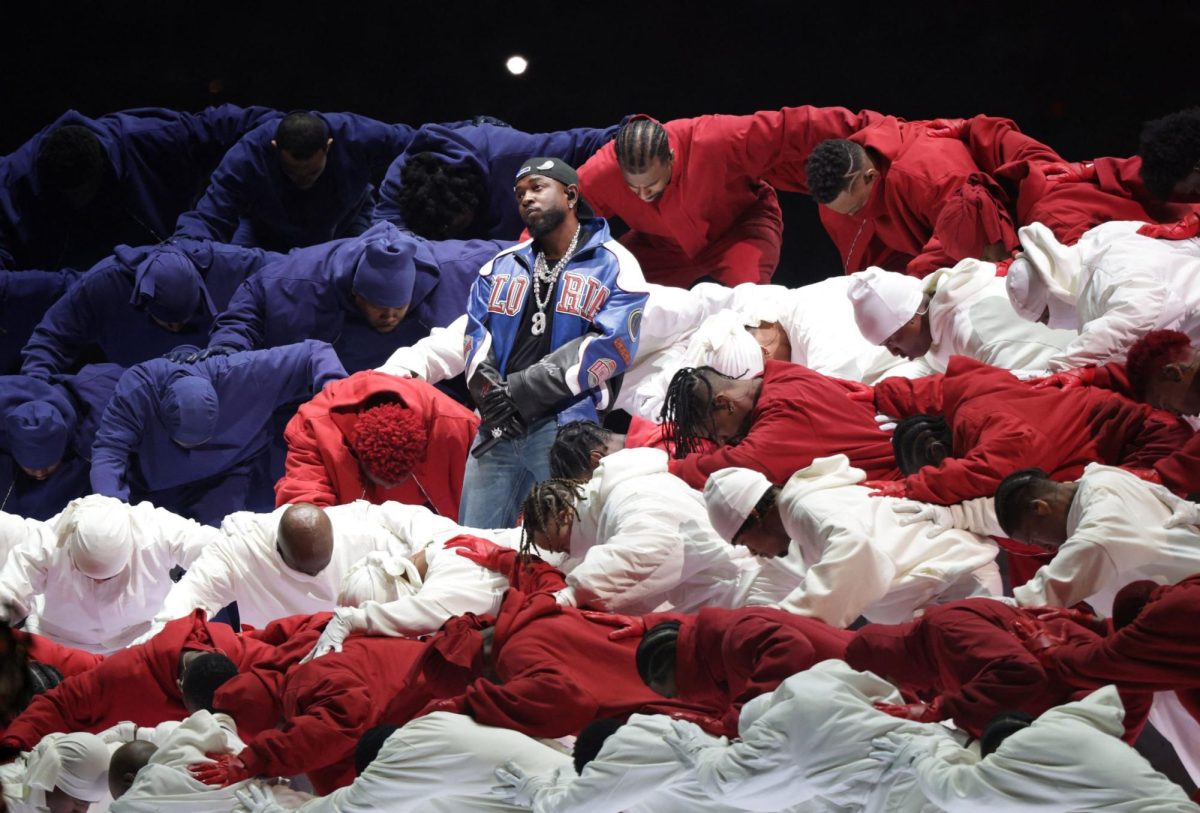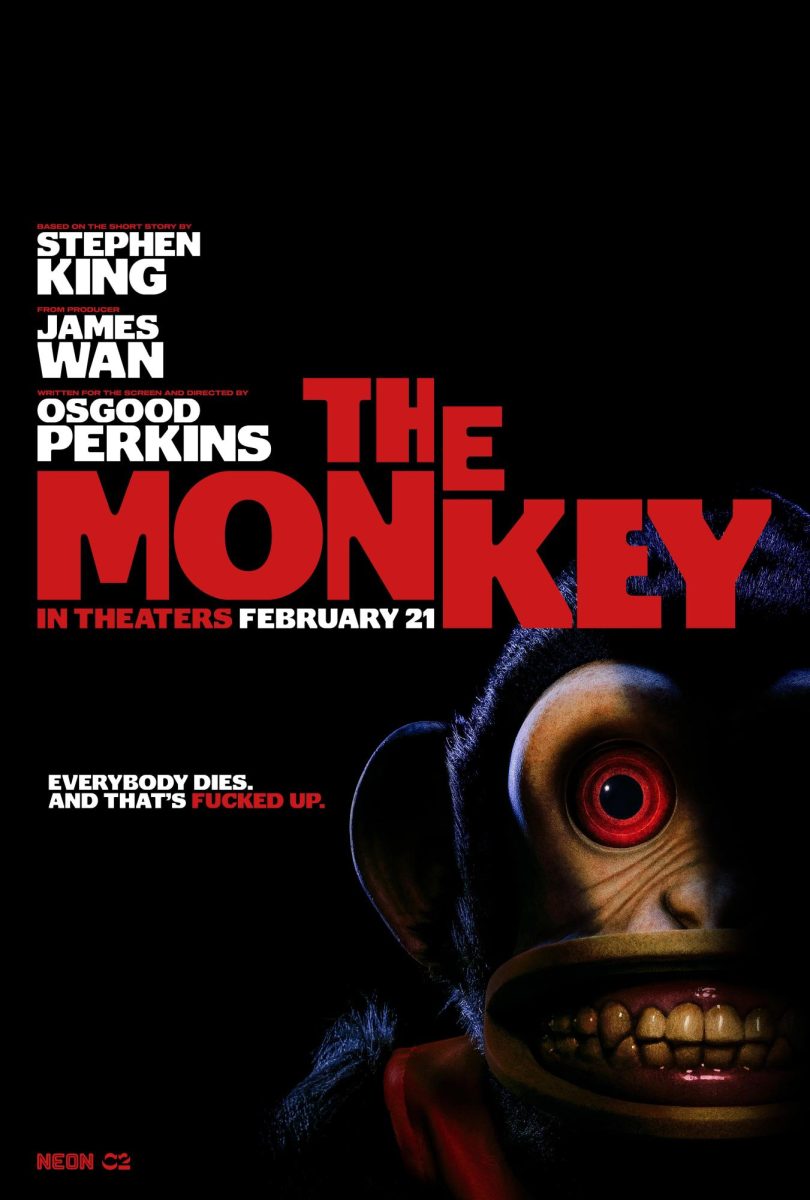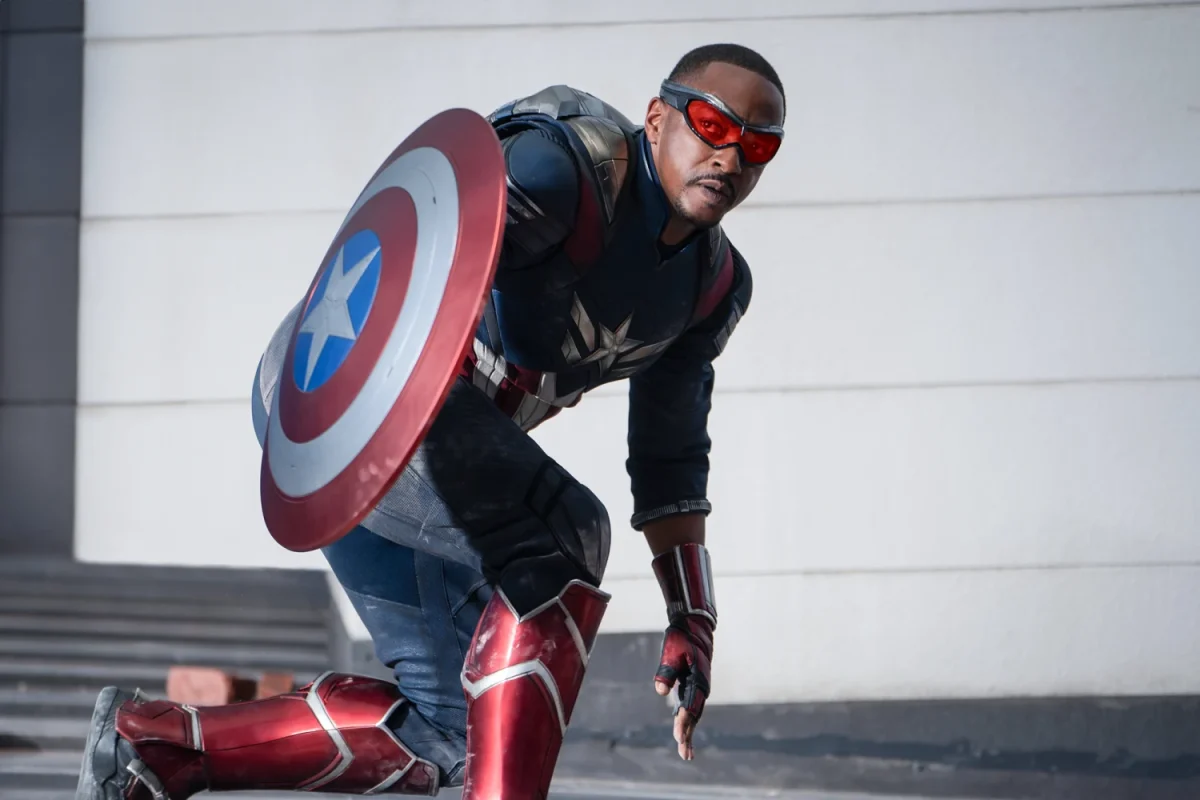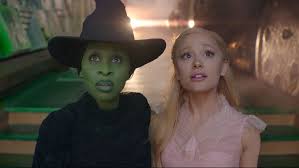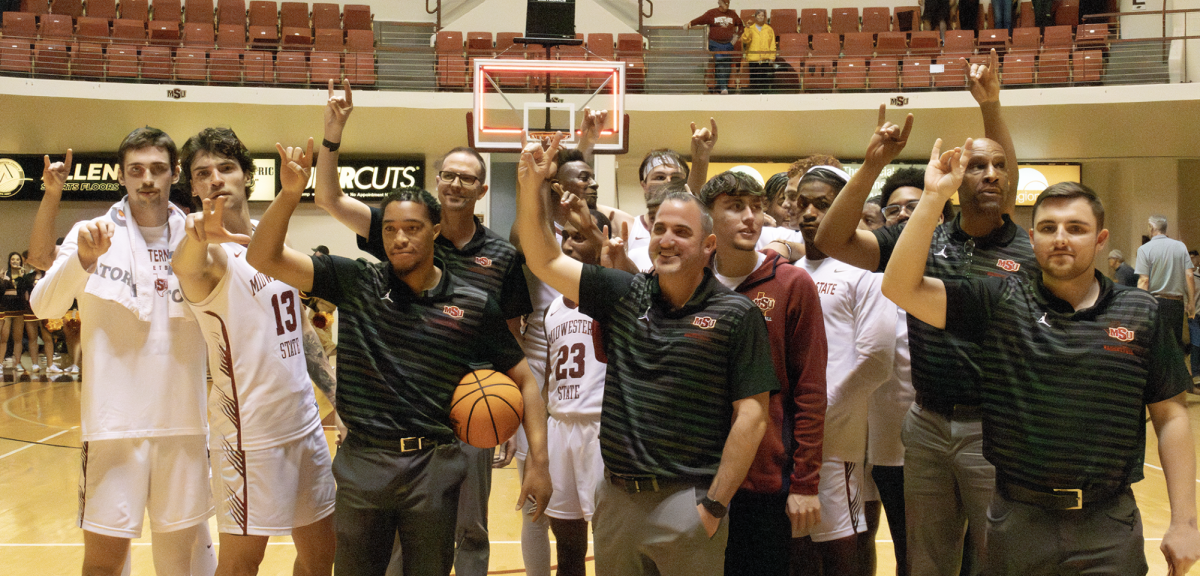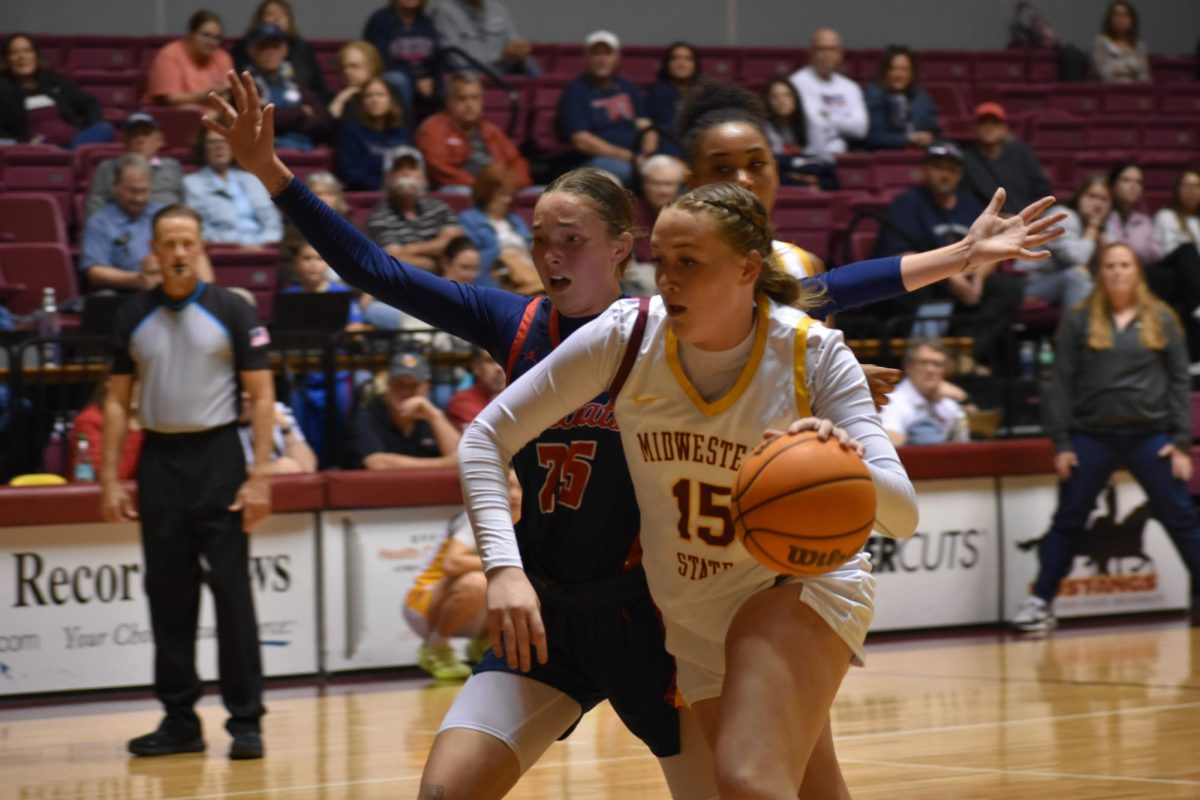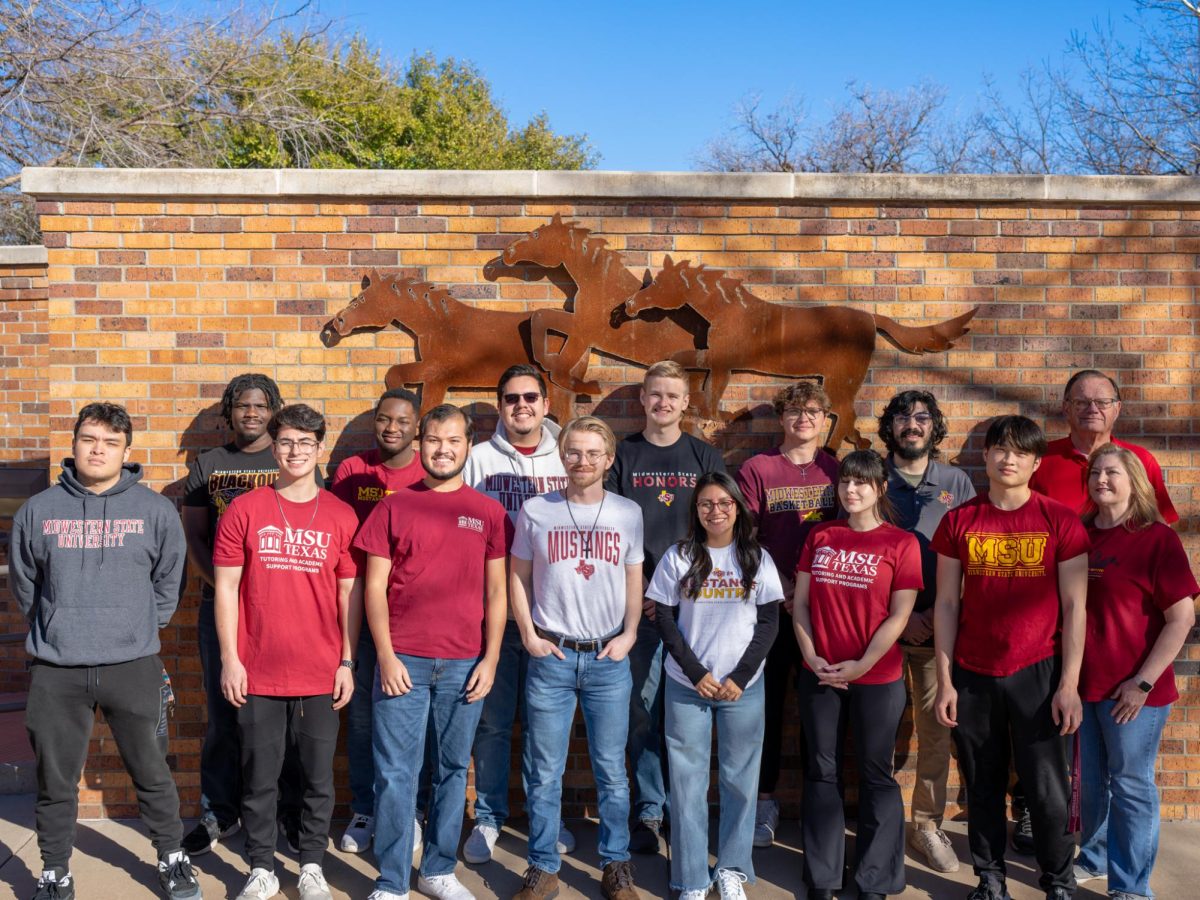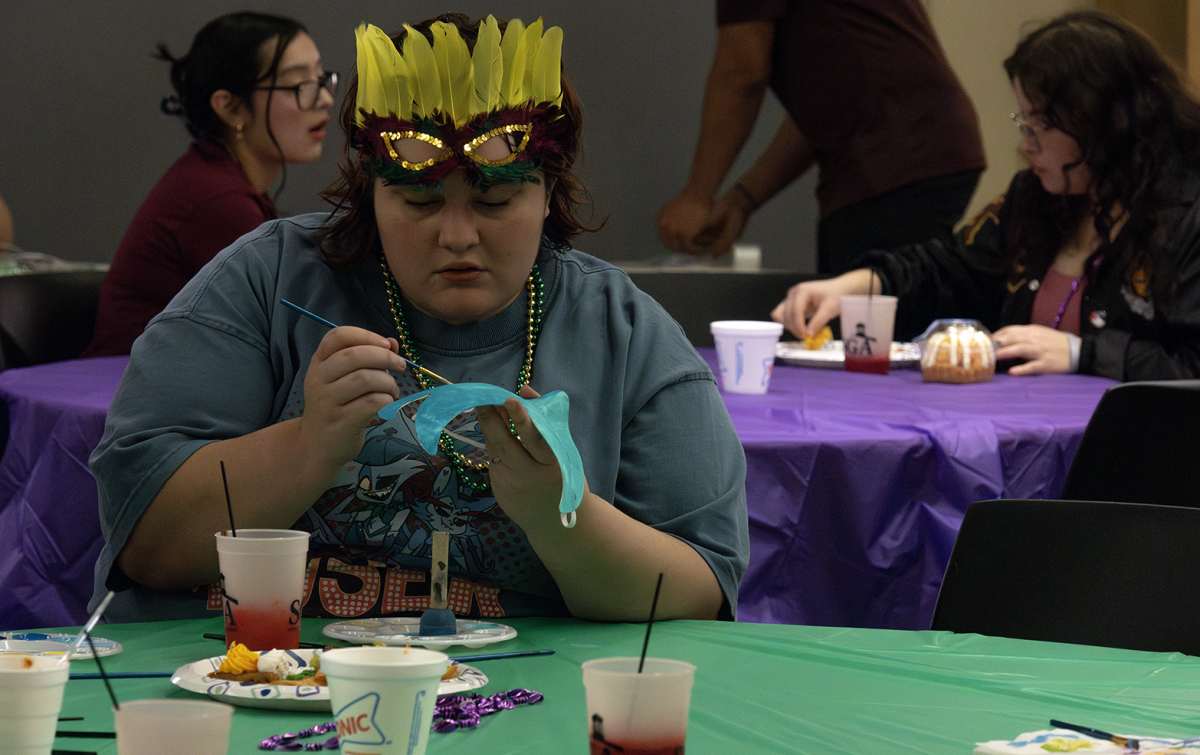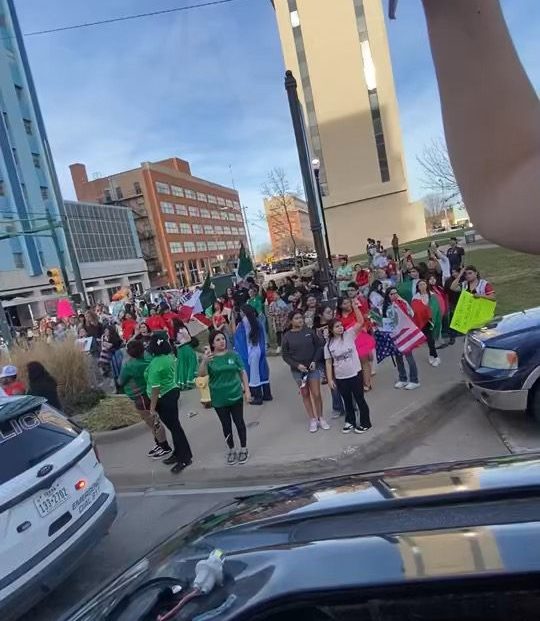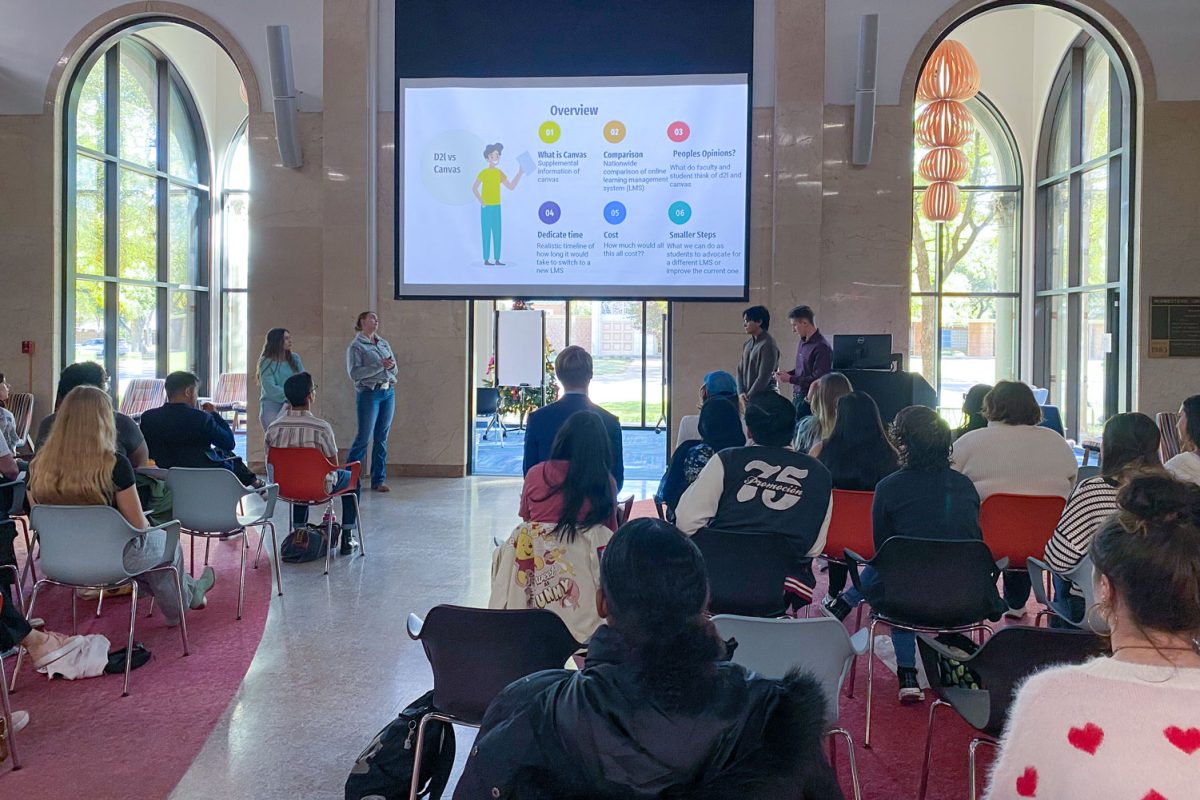While the Super Bowl audience certainly did not miss out on the “show” element of this year’s halftime performance, one cannot deny that there was something different about this one.
The halftime show is meant to attract viewership that is not typically part of the NFL fan-base, celebrating the mainstream culture that essentially makes up the American identity. With a full concert-like moments, elaborate set designs, dancers and celebrity music artists, the halftime show promises a unique experience that brings people together.
This year, Kendrick Lamar’s performance broke the record for the most-watched Super Bowl halftime show with 133.5 million people tuning in and beating the previous record set by Michael Jackson in 1993. For comparison, the average viewership numbers for the football game stood at 126 million.
But Lamar’s 13-minute show spurred both heavy criticism and strong appreciation, as the artist used the Super Bowl stage not only to entertain, but to send a message, a “revolutionary” one. And that is one word that can summarize Lamar’s entire performance.
The so-called “revolution” that the Pulitzer-award-winning rapper has thematically integrated into his act is charged with political discourse, historical references and subliminal ironies satirizing the American government.
The cynicism hit hardest knowing that watching this relentless critique of America’s politics is none other than the newly inaugurated president Donald Trump, making him the first president in U.S. history to attend the Super Bowl.
The stage set up reminded viewers of a PlayStation controller with four different platforms shaped in a square, a triangle, an “X” and a circle. The performer opening the show was none other than Samuel Jackson portraying Uncle Sam, the symbolic personification of the United States as a nation. The ominous music in the background gave off a sinister feel as Uncle Sam ceremoniously welcomes the public to the “Great American Game.”
Like in every video game, there is a main character, the hero of the story, who was represented by Lamar as a reflection of the people the government is meant to serve and protect.
The rapper gives off a warning to his audience, claiming that, “The revolution about to be televised. You picked the right time, but the wrong guy.”
In lieu of the fragile political state the world has been under for the last decade or so, Lamar brings attention to a time when change is inevitable and necessary, but he criticizes the people in charge of handling it.
The gamemaster, Uncle Sam, has moments of retaliatory interference as he interrupts Lamar to accuse him of “not knowing how to play the game.” While Uncle Sam cuts off Lamar multiple times throughout the show, Lamar doesn’t address him once, suggesting that Americans need to fight for their rights and what they believe in even if the government will try to shut them down.
Another ensemble scene depicted dancers in red, blue and white track suits standing in a formation depicting the United States flag with Lamar standing in the center.
Another element that should be noted is that the entire dance crew was made up of Black performers, another symbol to represent how the black people of America are the backbone of the nation and have been so for centuries.
Viewers may have notice numerous references to black stereotypes and racism with Uncle Sam calling Lamar “too ghetto” or even the walkway between the stage set-ups which look similar to ones found in a prison facility.
As Lamar transitioned from the first stage, the “Square,” to the “X” mark, the cameras capture the rapper surrounded by what looked like black inmates underneath a prison light pole.
this encompassed the idea of mass incarceration which is a significant issue in America, especially as 38% of inmates in U.S. prisons are Black, while the general Black population of America stands at only 13% according to a research conducted by the Prison Policy Initiative.
The show transitioned to Lamar’s famous dispute with Canadian rapper Drake that peaked with Lamar’s release of his Grammy-awarded single, “They Not Like Us.” This moment pays homage to mainstream media and how it bolstered Lamar’s popularity over the last year, and to raise awareness on the overall influence mass media has grown to have.
Other famous appearances included R&B singer SZA and tennis legend Serena Williams, both iconic female figures who continuously help solidify black women empowerment in American society as well as across the world.
The show concluded with Lamar repeating, “Turn this TV off” as dancers assemble and break up in formations around the walkway, all while trumpets serenade gloriously in the background.
This signaled a symbolic triumph of the hero, Lamar, and the people. Soon after, the field goes dark, and all the audience could see was the “GAME OVER” tag line in the stands.
This marked the end of a powerful story, one that has made a whole nation take a categorical stance against or in favor of the performance. However it has nevertheless had an undeniable impact on the ones who have watched it.



